What Is the Purpose of the Neck Tube in a Liquid Nitrogen Tank?
The neck tube is one of the most critical components of a liquid nitrogen tank, serving both structural and functional roles. It connects the tank’s inner vessel, which stores the liquid nitrogen, to the outer shell, which maintains the vacuum insulation. Though small in size, the neck tube plays a decisive role in the tank’s insulation efficiency and overall performance.
First, the neck tube acts as the only rigid connection between the inner and outer chambers. Since the space between them is a high vacuum for insulation, direct contact must be minimized to prevent heat transfer. The neck tube therefore supports the inner vessel’s weight while maintaining a sealed and stable structure.
Second, it is a thermal barrier. Made from low thermal conductivity materials such as stainless steel or aluminum alloy, the neck tube limits heat conduction from the external environment into the liquid nitrogen. The shorter and narrower the neck tube, the smaller the area for heat transfer—hence, the better the insulation and the slower the nitrogen evaporation rate.
Finally, the neck tube serves as the operating channel for daily use. It allows users to fill liquid nitrogen, insert canisters, or measure liquid levels. The neck plug placed inside also helps reduce nitrogen loss and protect against external contamination.
In short, the neck tube ensures the tank’s mechanical stability, insulation performance, and operational convenience. Its design and material quality directly determine how long the tank can maintain cryogenic conditions and how efficiently it performs over time.
Relevant Information
- What to Do If a Liquid Nitrogen Tank Leaks: Detection and Repair Guide
- Liquid Nitrogen Tank Maintenance Guide: From Daily Checks to Long-Term Care
- Liquid Nitrogen Tank Q&A: The Ten Most Common Questions for Beginners
- Why Doesn’t a Liquid Nitrogen Tank Freeze? The Science Behind Vacuum Insulati
- Applications of Liquid Nitrogen Tanks in Food Freezing
- Portable Liquid Nitrogen Tanks: The Perfect Companion for Field Sampling
- Applications of Liquid Nitrogen Tanks in the Medical Field: Cell and Vaccine St
- How to Choose the Right Liquid Nitrogen Tank for a Research Laboratory
- How to Use a Liquid Nitrogen Level Gauge: A Beginner’s Quick Guide
- How Liquid Nitrogen Tank Accessories Help Extend the Main Tank’s Service Life
Latest Products
- 110m3 double wall cryogenic Liqu
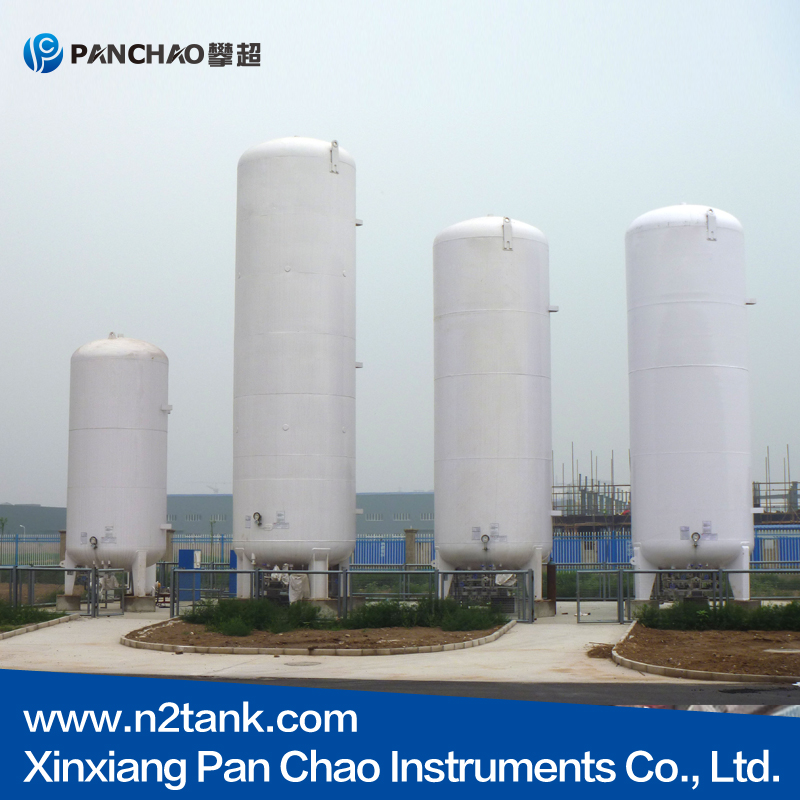
Cryogenic Liquid Tanks are available in vertical or horizonta...[more]
- 2vertical stainless steel pressu
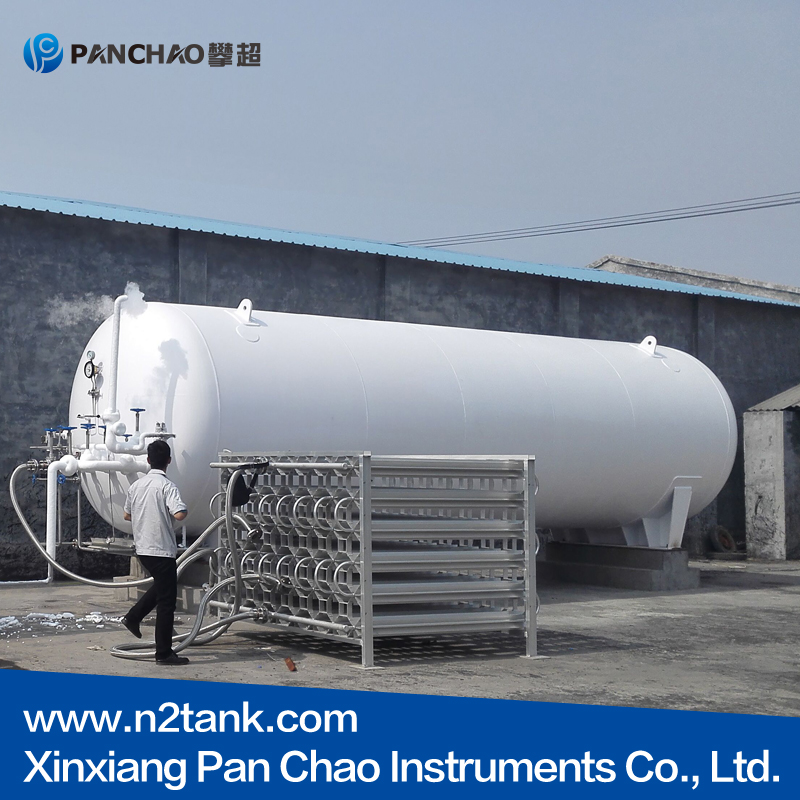
Cryogenic Liquid Tanks are available in vertical or horizonta...[more]
- 310 cubic meters cryogenic Liqui
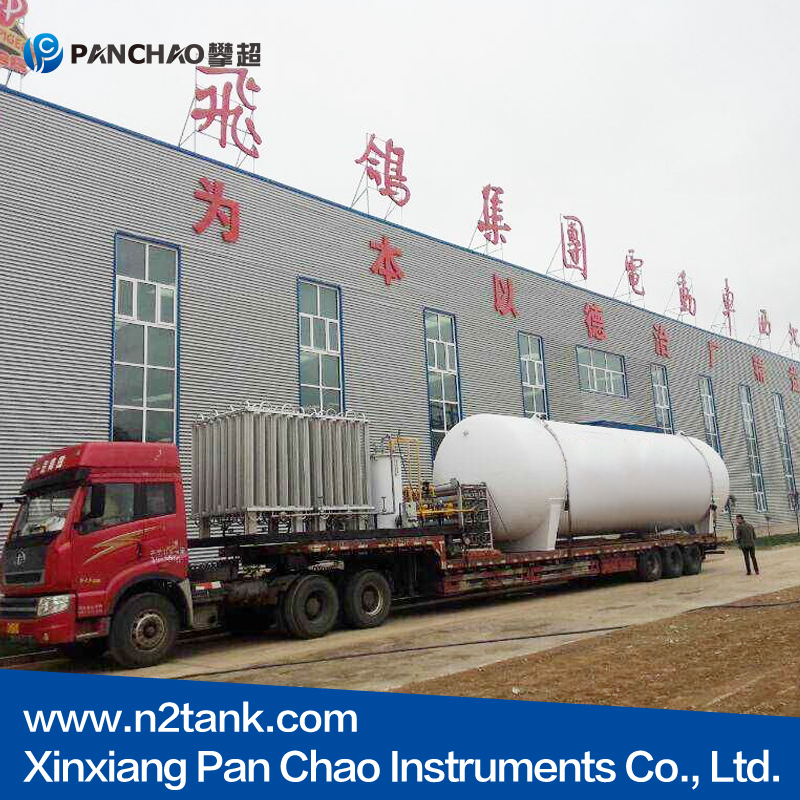
Cryogenic Liquid Tanks are available in vertical or horizonta...[more]
- 4GB150 pressure vessels cryogeni
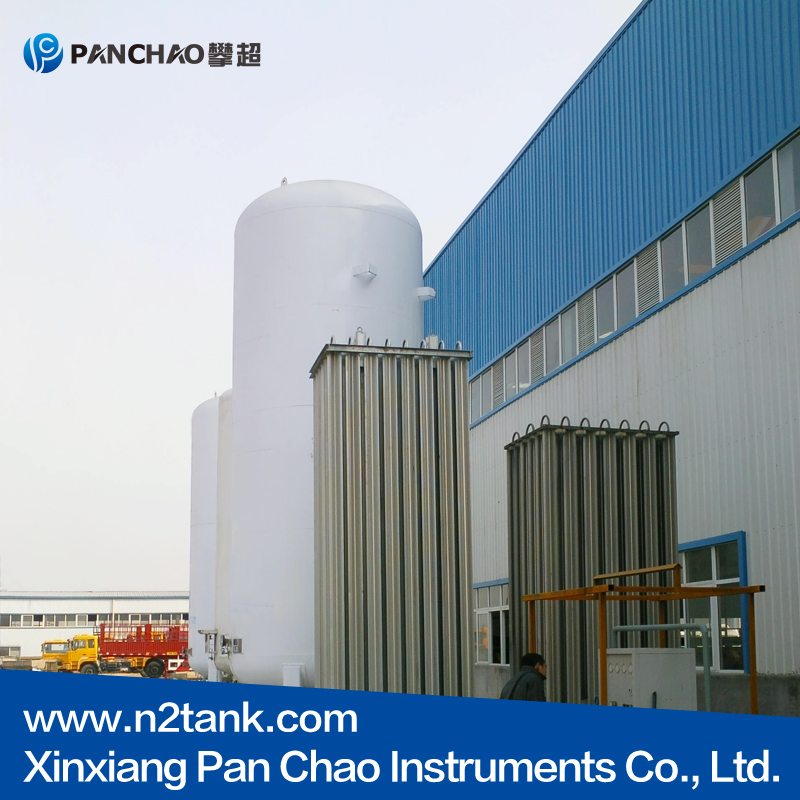
Cryogenic Liquid Tanks are available in vertical or horizonta...[more]
- 5New double Vertical cryogenic L
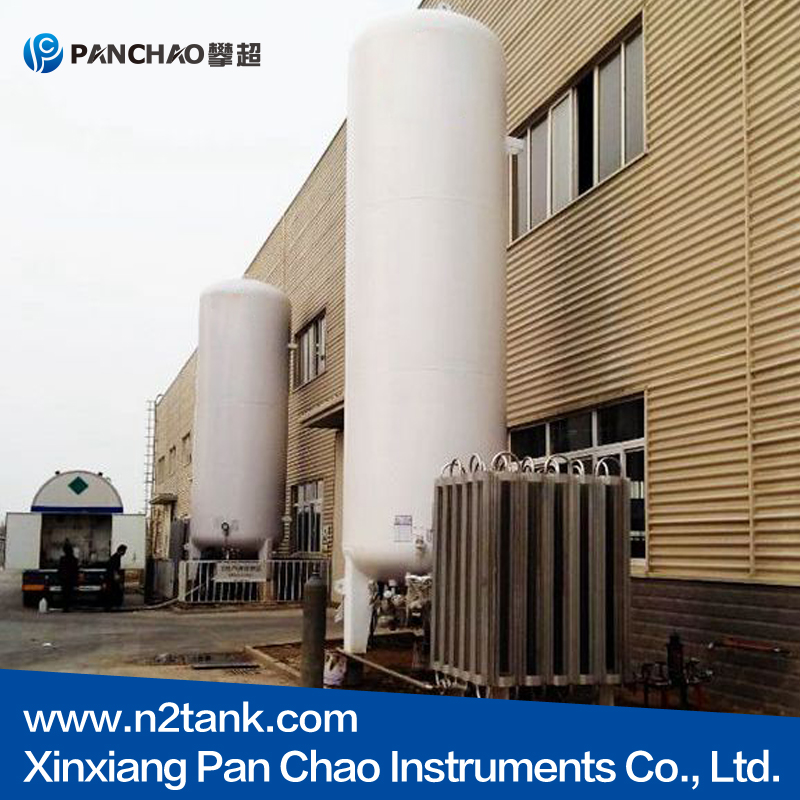
Cryogenic Liquid Tanks are available in vertical or horizonta...[more]
Rankings Of Similar Articles
- What to Do If a Liquid Nitrogen Tank Leaks: Detection and Rep
- Liquid Nitrogen Tank Maintenance Guide: From Daily Checks to
- Liquid Nitrogen Tank Q&A: The Ten Most Common Questions f
- Why Doesn’t a Liquid Nitrogen Tank Freeze? The Science Behi
- Applications of Liquid Nitrogen Tanks in Food Freezing
- Portable Liquid Nitrogen Tanks: The Perfect Companion for Fie
- Applications of Liquid Nitrogen Tanks in the Medical Field: C
- How to Choose the Right Liquid Nitrogen Tank for a Research L
- How to Use a Liquid Nitrogen Level Gauge: A Beginner’s Quic
- How Liquid Nitrogen Tank Accessories Help Extend the Main Tan
Latest Information
- Holiday Notice
- Storage Environment Requirements for Liquid Nitrogen Tanks: T
- Hot sale thawing cup
- Storage of liquid nitrogen tank
- Application of liquid nitrogen tank in heat treatment field
- Liquid nitrogen tank for nitrogen station
- What is the liquid nitrogen tank made of?
- What is the liquid nitrogen tank made of?
- How to safely use liquid nitrogen tanks?
- Hot selling YDZ liquid nitrogen tank


